Editor’s note: What follows is a quick tutorial on what diesel exhaust fluid (DEF) is and how truck operators should use it.
What is DEF (diesel exhaust fluid)?
DEF is the reactant necessary for the functionality of the Selective Catalytic Reduction (SCR) system. It is a carefully blended aqueous urea solution of 32.5 percent high purity urea and 67.5 percent deionized water.
What is urea?
Urea is a compound of nitrogen that turns to ammonia when heated. It is used in a variety of industries, including as a fertilizer in agriculture.
How will I know that the DEF product I purchase will work?
The diesel exhaust fluid you purchase should state and display the certification of the American Petroleum Institute (API), German Institute of Standardization DIN70700, the International Organization for Standardization ISO 22241-1, and meet AUS – 32 specifications. This will ensure the proper purity and concentration (32.5 percent) of urea solution. For more information on these specifications, visit www.iso.org.
Can I make DEF myself?
Engine manufacturers recommend that customers do not try to make DEF themselves. Manufacturers require that DEF used with their SCR systems meet all ISO22241 specifications as well as API certification requirements. For more information about the quality standards, refer to ISO22241, which details specifications for DEF quality, handling, testing, transportation storage, and refilling.
Enjoying our insights?
Subscribe to our newsletter to keep up with the latest industry trends and developments.
Stay InformedWhat is API Certification?
API Certification is a voluntary program established by the American Petroleum Institute (API) which certifies and monitors that diesel exhaust fluid meets ISO specifications. The program was launched in March 2009. Cummins Filtration DEF currently meets ISO specification and is also API certified.
Is the 32.5 percent urea solution critical?
Yes, The 32.5 percent urea concentration is the ideal solution as it provides the lowest freeze point. Also, SCR systems will be calibrated to the 32.5 percent, so that optimum NOx (nitrogen oxide) will be reduced during operation.
What is the freeze point of DEF?
A 32.5 percent solution of DEF will begin to crystallize and freeze at 12 degrees F). At 32.5 percent, both the urea solution and water will freeze at the same rate, ensuring that as it thaws, the fluid does not become diluted, or over concentrated. The freezing and unthawing of DEF will not cause degradation of the product.
Does DEF expand when frozen?
Yes, DEF expands by about 7 percent when frozen. DEF packaging and tanks are designed to allow for expansion.
How much does DEF weigh?
DEF weighs about nine pounds per gallon.
How do I keep the DEF from freezing? What happens if the DEF freezes in the tank on the vehicle?
During vehicle operation, SCR systems are designed to provide heating for the DEF tank and supply lines. If DEF freezes when the vehicle is shut down, start-up and normal operation of the vehicle will not be inhibited. The SCR heating system is designed to quickly return the DEF to liquid form and the operation of the vehicle will not be impacted. The freezing and thawing of DEF will not cause degradation of the product.
Can an anti-gelling or freeze-point product be added to the DEF to prevent it from freezing?
No. While an additive could improve freeze point of the mixture, the 32.5 percent solution is very specific to providing Nox-reducing properties. Any further blending or adjusting of the DEF mixture will impede its ability to perform correctly and may cause damage to the SCR components. Additives of any type are not approved for use in DEF today.
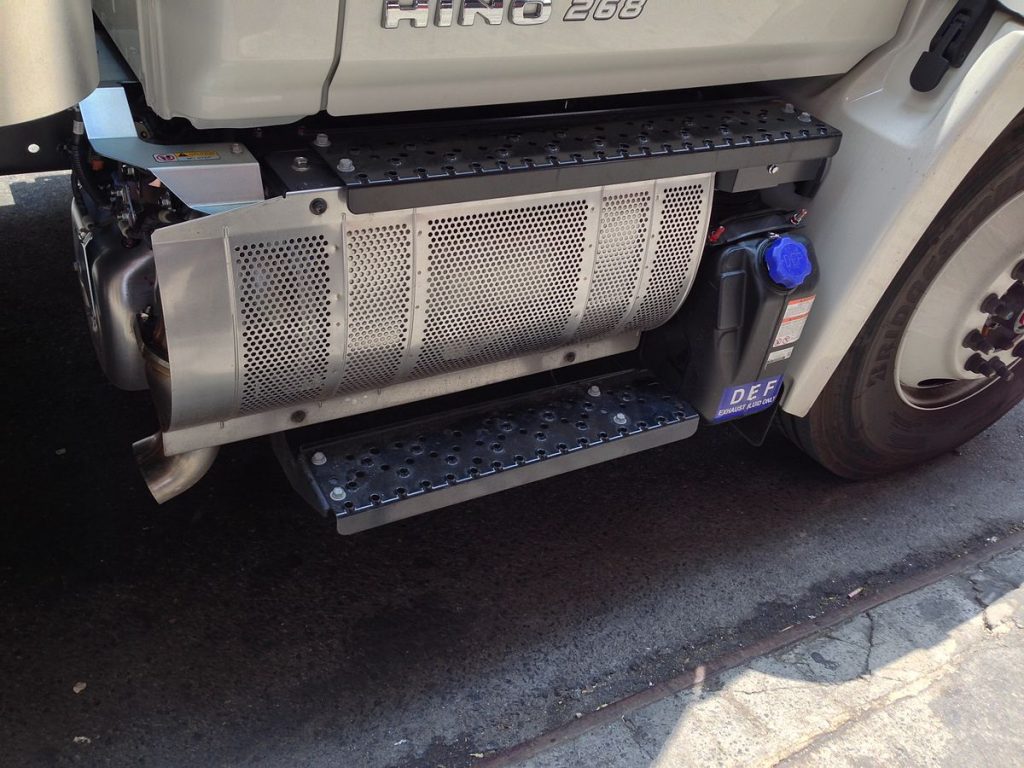
Hino truck and its selective catalytic reduction (SCR) next to the Diesel particulate filter (DPF) with regeneration process by the late fuel injection to control exhaust temperature to burn off soot. (Courtesy of: Wikipedia)
Are there special storage requirements for DEF?
Diesel exhaust fluid should be stored in a cool, dry, well-ventilated area, out of direct sunlight. While the optimum storage temperature is up to 77 degrees, temporary exposure to higher temperatures has little to no impact on the quality of DEF.
What is the shelf life of DEF?
The shelf life of diesel exhaust fluid is a function of ambient storage temperature. DEF will degrade over time depending on temperature and exposure to sun light. Expectations for shelf life as defined by ISO Spec 22241-3 are the minimum expectations for shelf life when stored at constant temperatures. If stored between 10 and 90 degrees, shelf life will easily be one year. If the maximum temperature does not exceed about 75 degrees for an extended period of time, the shelf life will be two years.
What impact will exposure to high temperatures for an extended period of time have on DEF?
While DEF exposure to constant, high storage temperature may have some impact on shelf life, this should not concern operators. Extensive testing in very hot climates has been conducted confirming that DEF stored at a constant temperature of 95 degrees had a shelf life of more than six months.
Should I be concerned about handling DEF?
No. DEF is a nontoxic, nonpolluting, non-hazardous and nonflammable solution. It is stable, colorless, and meets accepted international standards for purity and composition. DEF is safe to handle and store and poses no serious risk to humans, animals, equipment or the environment when handled properly.
What should I do if I spill DEF?
If DEF is spilled, contain the spilled liquid and absorb it with an inert, non-combustible absorbent material, such as sand. Shovel the material into a suitable container for disposal. Spills into a drain should be avoided. If spilled into a drain, flush thoroughly with water. For significant quantities, contact local authorities for proper disposal procedures. If DEF is spilled on your vehicle, rinse with water.
What happens if I ingest DEF?
DEF should never be ingested. If it is ingested, do not induce vomiting. A physician should be consulted if you begin to experience any symptoms.
What happens if I inhale DEF?
While pumping DEF will not cause significant exposure, inhalation may occur if exposed to DEF in a closed area or if DEF is misted into the air. Under normal conditions of use, harmful effects are not expected. If you inhale DEF, you should move to an area with fresh air and obtain medical attention if symptoms, such as irritation to nose and throat, develop or persist.
Does DEF smell?
Diesel exhaust fluid may have a slightly pungent odor similar to that of ammonia, however it is completely harmless.
Is DEF corrosive?
DEF is corrosive to copper and brass as well as other materials. Only approved materials, such as high density polyethylene (HDPE), will be used in the DEF tank, packaging and dispensing equipment.
What happens if a non-DEF substance is accidentally entered into the DEF tank?
The SCR system will recognize solutions other than DEF, and the DEF indicator light will notify the driver. Depending on the level of contamination in the tank, the vehicle may require servicing.
How much DEF will a truck consume?
DEF consumption is expected to be about 2 percent of fuel consumption, depending on vehicle operation, duty cycle, geography, load ratings, etc.
What is the number of miles a truck can expect to travel on one gallon of DEF?
DEF consumption is directly related to fuel consumption. A truck averaging six miles per hour (mpg) can expect to go about 300 miles on one gallon of DEF.
Is the DEF dose rate the same for all engine manufacturers?
The DEF dose rate will vary slightly among engine manufacturers. While most engines will have a dose rate of 2 percent of diesel fuel consumed, the dose rate will range from 1 percent to 3 percent.
What happens if the vehicle runs out of DEF?
Vehicles that use diesel exhaust fluid will have indicators on the dash that will alert the driver of the quantity of DEF on board. A gauge similar to a fuel gauge will indicate the level of DEF. There will be a DEF low level warning lamp that will illuminate when DEF is low. If the vehicle is operated such that one would run completely out of DEF, vehicle power will be reduced enough to encourage the operator to refill the DEF tank. Once the tank has been refilled the engine will resume normal power levels.

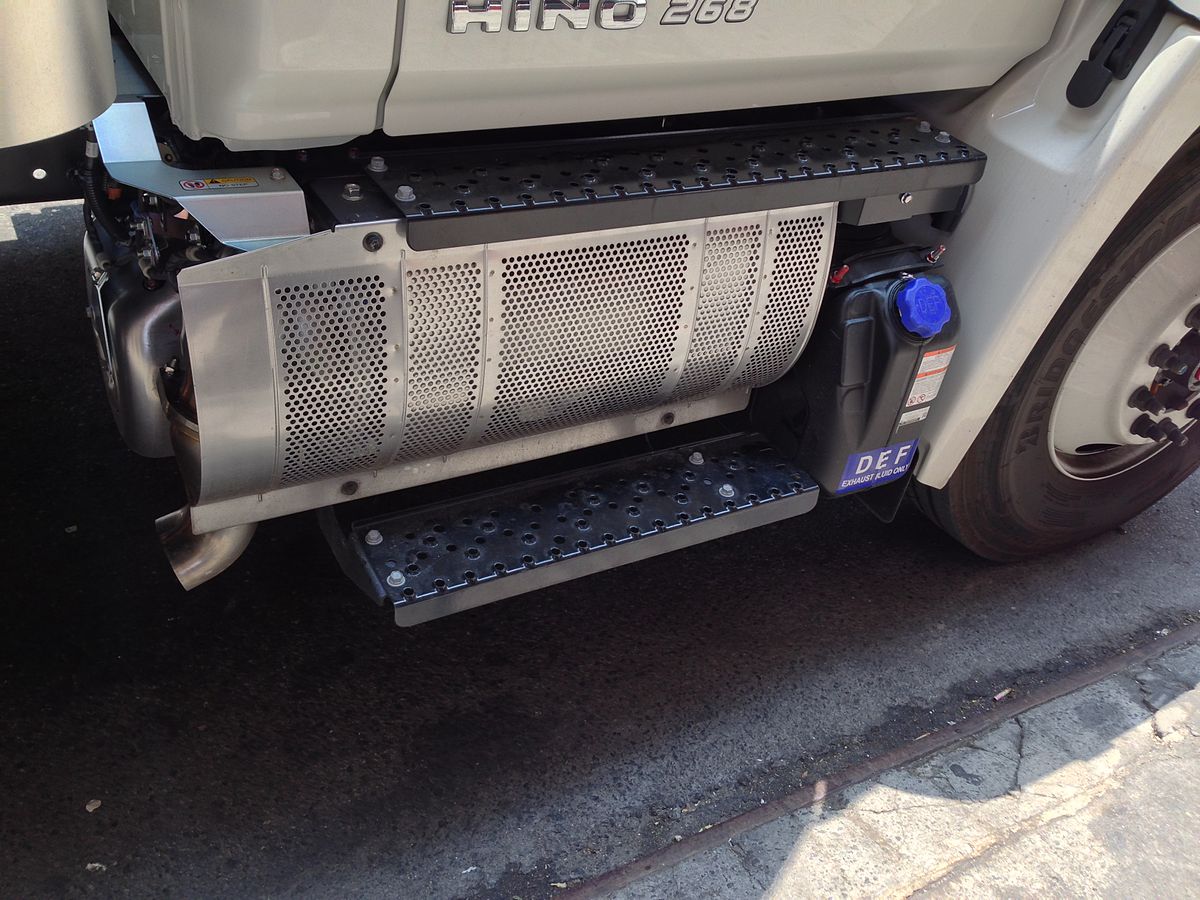
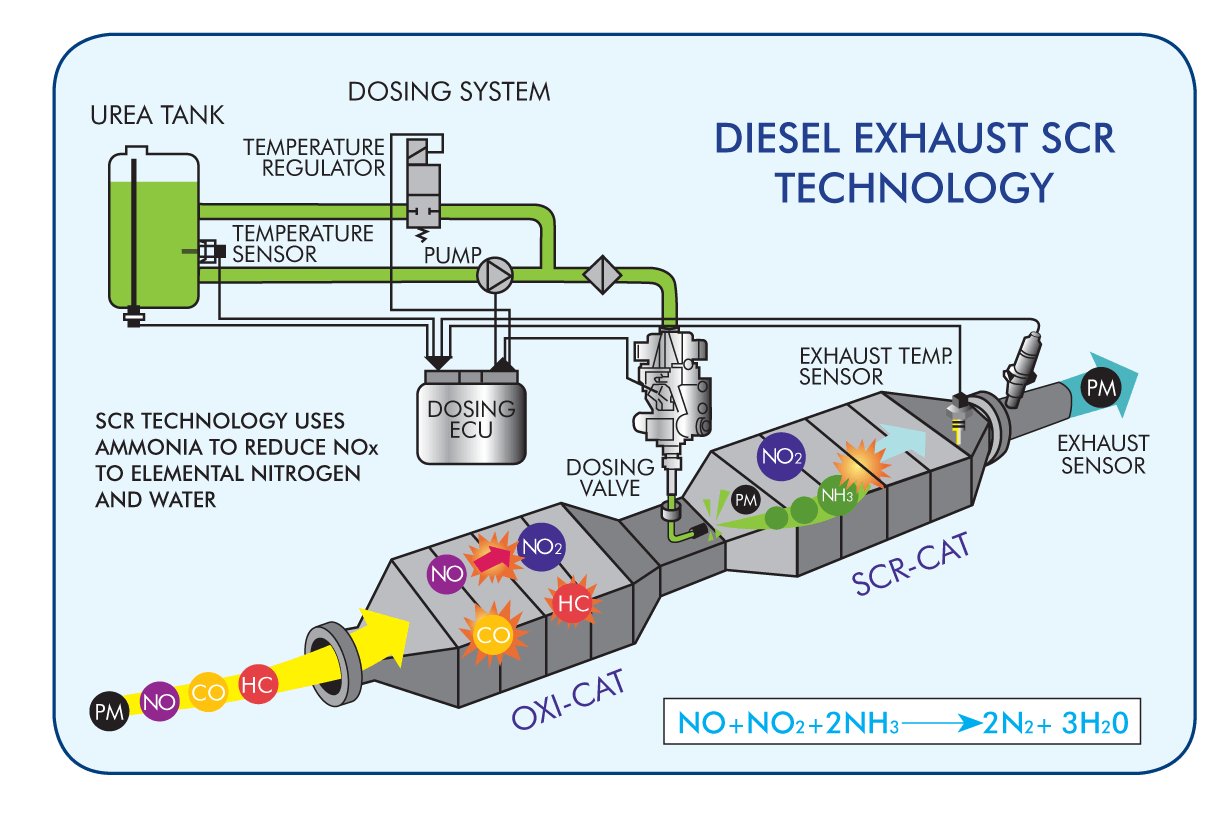












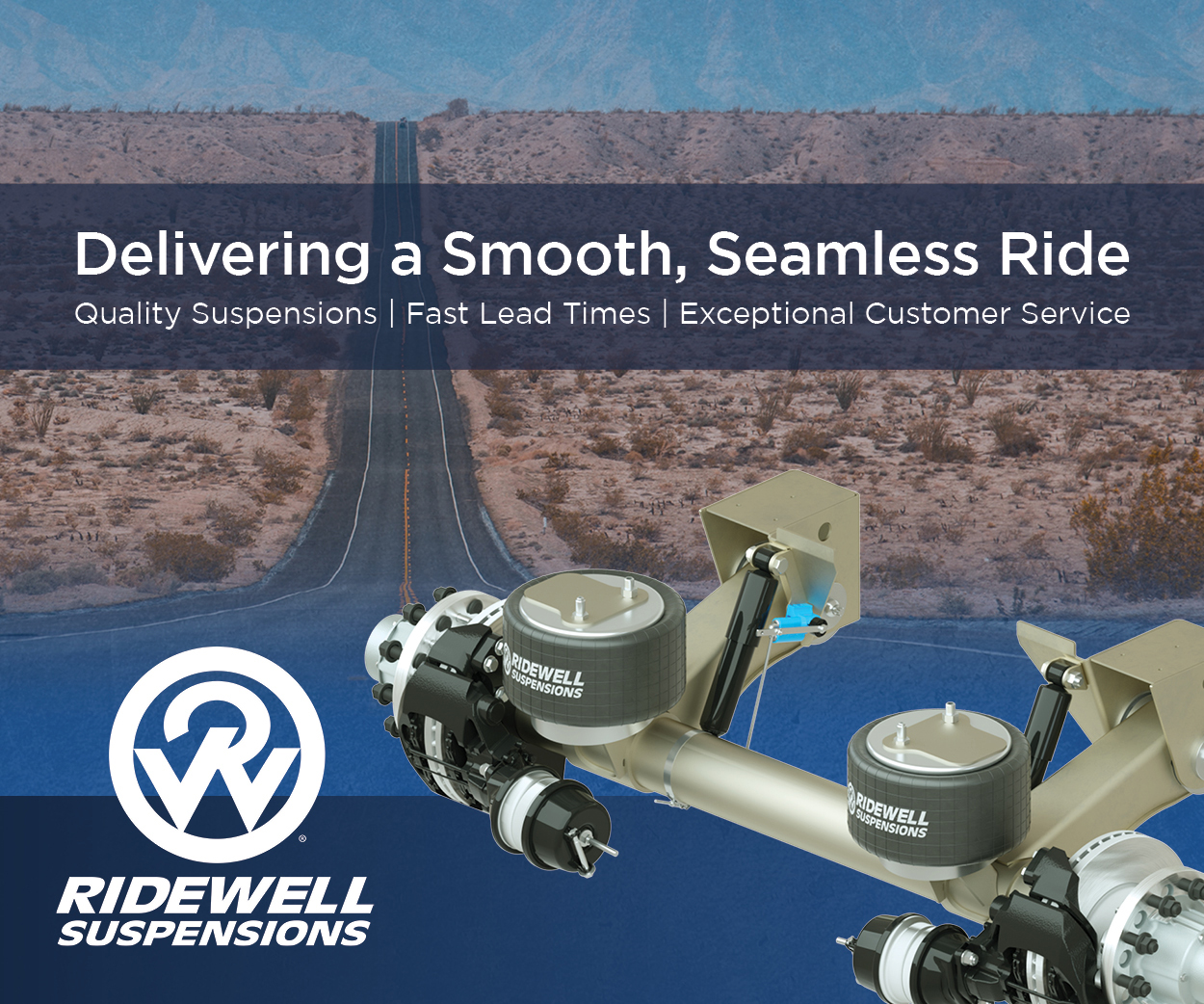
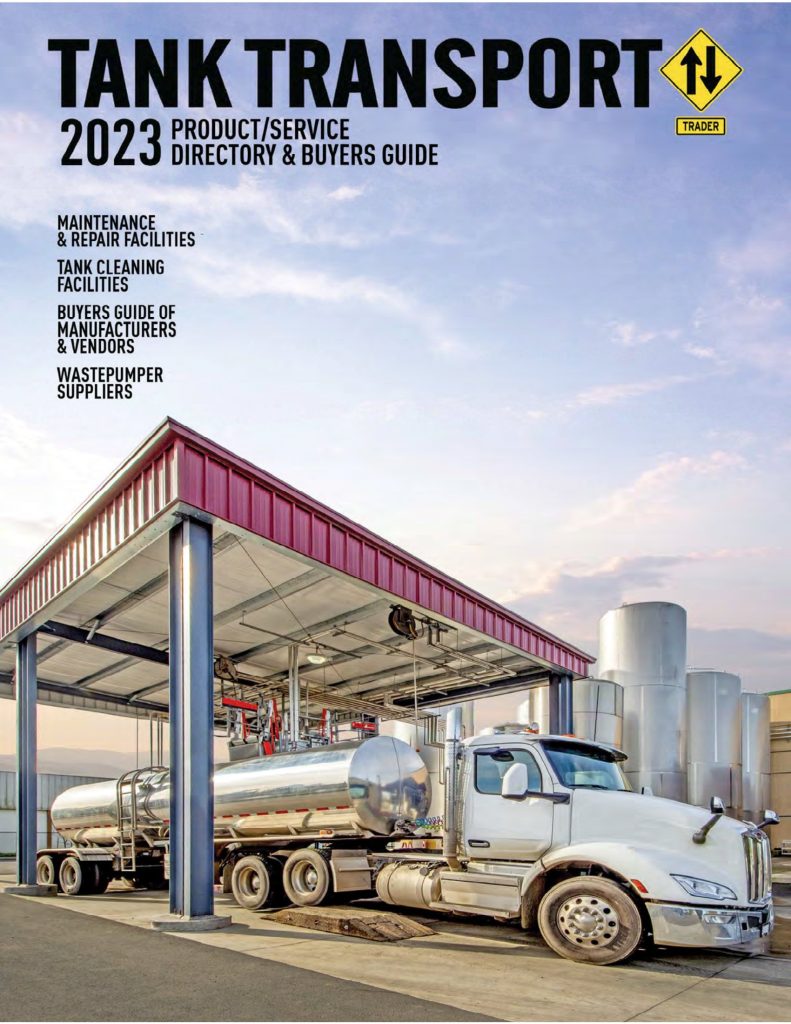




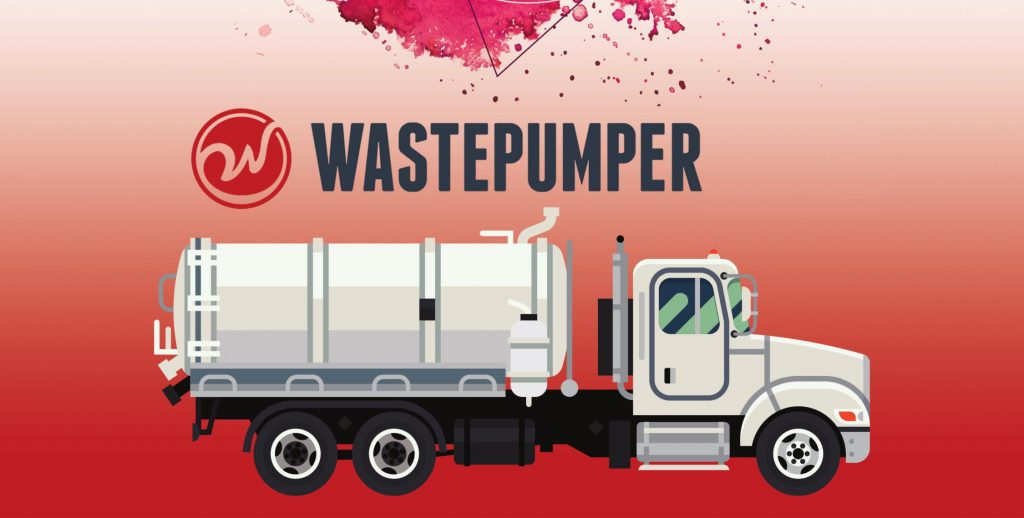
How do you dispose of out dated DEF
What if I slightly smell DEF while driving. No leaks and Def tank is 3/4 full.
did you get an answer??, i have 30 gals to dispose off.
Do your homework and know your vehicle. Take care of your ride and it will take care of you. Thanks for sharing!